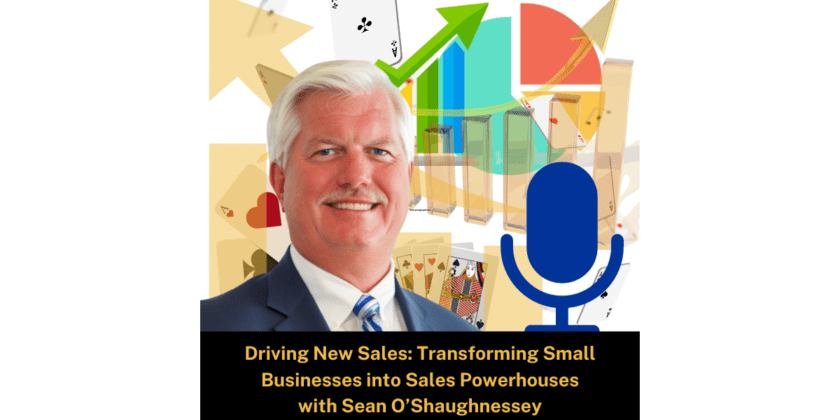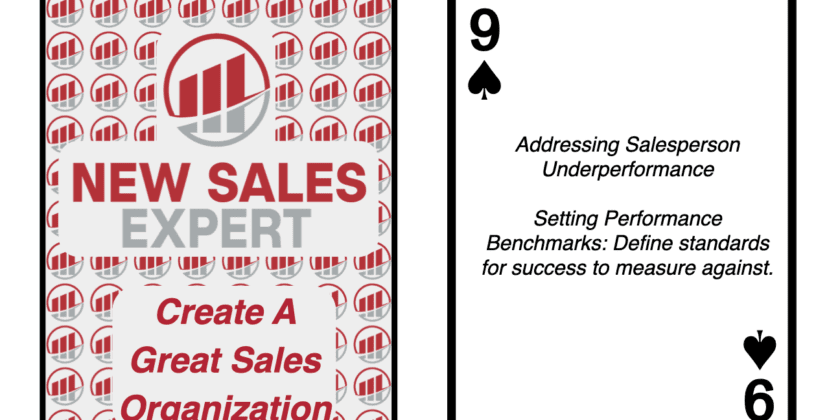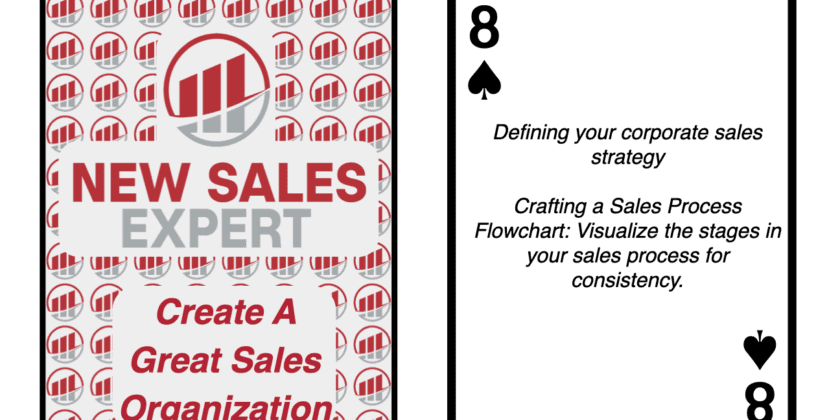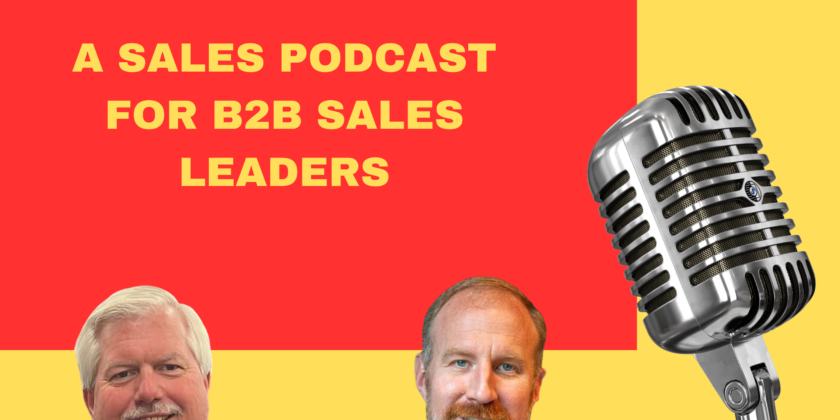The Quintessential Blueprint for Sales Mastery
In architecture, the blueprint guides turn an imagined design into a tangible, functional building. Similarly, a Sales Process Flowchart is the foundational structure upon which sales organizations can build scalable, consistent, and successful strategies. The importance of this tool lies in its ability to crystallize the sales process into a series of actionable steps, thereby providing a roadmap to success. The goal is to achieve consistency, predictability, and scalability, key tenets that enable sales organizations to meet and surpass their revenue targets.
Navigating the Symphony of Sales
Imagine a scenario where each musician in an orchestra independently chooses the tune, pitch, or timing, neglecting the conductor’s directions. The result would undoubtedly be a chaotic cacophony rather than a mellifluous melody. The outcome is no different in a sales organization devoid of structured processes. There would be discord, confusion, and, ultimately, a waste of valuable resources, tarnishing the reputation of the organization. It’s crucial to set the stage with a meticulously designed Sales Process Flowchart, which acts as the conductor, harmonizing the orchestra of sales activities to create a seamless and pleasant experience for both the sales team and the clients.
More Than Just a Visual Representation
One might argue that a flowchart is simply a visual representation—useful but not essential. However, this understates its pivotal role in an organization. A Sales Process Flowchart serves as a multi-faceted instrument, similar to a map charting the course of a river from its source to the ocean. By meticulously documenting each bend, stream, and tributary, one gains understanding and control over its flow. Such a flowchart aids in:
- Standardization: By laying out a common framework, the flowchart minimizes ambiguities, ensuring that all team members are aligned in their objectives and strategies.
- Efficiency: When every stage and step is defined, sales representatives can navigate the selling process faster and with more agility, thereby accelerating the sales cycle.
- Training and Onboarding: For newcomers to the team, the flowchart acts as a quick reference guide, enabling a quicker path to becoming a productive member of the sales force.
Crafting the Masterpiece: Methodological Precision
The development of a Sales Process Flowchart is neither arbitrary nor superficial; it is a blend of art and science. The task begins with identifying key stages in your sales process, such as lead generation, qualification, and closing deals. Each stage must be broken down into actionable components like a skilled craftsman chiseling away at a block of marble to reveal the sculpture within.
Next, these stages are sequenced in a way that makes logical sense. While the sales process can sometimes be iterative, a primary, repeatable pathway is essential for the sake of uniformity. Feedback mechanisms are integrated at crucial junctures to glean insights for continuous improvement. Remember, the flowchart isn’t a static document; it’s a dynamic blueprint that should evolve with market trends, customer preferences, and organizational changes.
The Endgame: Achieving Clarity and Consistency
The ultimate goal of implementing a Sales Process Flowchart is achieving clarity and ensuring consistency. In an age where most buying experiences are shaped by how customers feel they are being treated, consistency is not merely a bonus—it’s a requirement. The flowchart levels the playing field, ensuring that each customer experiences the same quality of service, irrespective of the sales representative they interact with.
Additionally, for the sales team, the benefit is immense. When the fog of ambiguity is lifted, sales professionals can execute their tasks with a well-defined sense of direction, equipped with measurable benchmarks and a clear vision.
Key Takeaways
For sales leaders aiming to elevate their teams to new heights, neglecting the role of a Sales Process Flowchart is not an option. This tool is instrumental in transforming sales strategies into actionable steps, thereby setting the stage for success. Ask yourself, does your organization have a Sales Process Flowchart? If not, it’s time to draw the blueprint for a harmonious, efficient, and wildly successful sales symphony.







